According to Decision No. 759/QD-TTg dated April 14 approving the Project on rearranging and reorganizing administrative units at all levels and building a 2-level local government model, Dak Nong province, Binh Thuan province and Lam Dong province will be merged into a new province called Lam Dong. This province will have the largest natural area in the country with 24,233km2 and a population of more than 3.3 million people.
The administrative and political center of Lam Dong province is expected to be located in Da Lat city, Lam Dong province today.
After the merger, Lam Dong province will own a series of famous locations spread from the highlands to the islands with diverse climates.
"Paradise" resort on the plateau

Romantic scenery at Tuyen Lam Lake National Tourist Area, Da Lat city (Photo: Nghia Nguyen).
Including the resort "paradise" of Da Lat city, Bidoup - Nui Ba National Park (currently Lam Dong province); Global Geopark (currently Dak Nong province); Phan Thiet, Mui Ne beach tourism, Phu Quy island (currently Binh Thuan province).
As for Da Lat city, this is a city located on Lam Vien plateau with an altitude of 1,500m above sea level. This city is blessed with a mild, cool climate all year round, attracting tourists. Since the beginning of the 20th century, the French decided to "turn" Da Lat into a tourist and resort city.
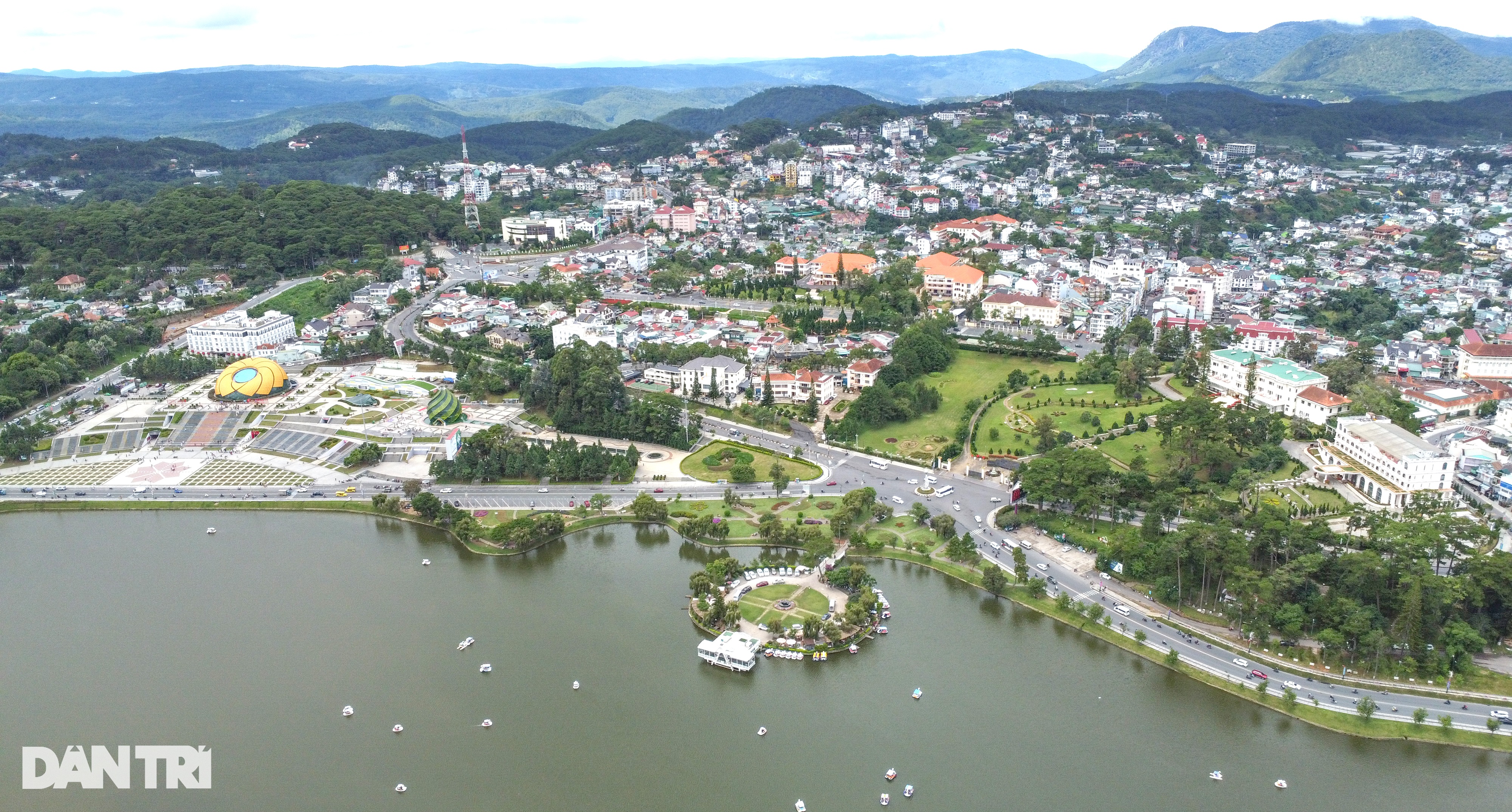
A corner of Da Lat city center (Photo: Van Minh).
With a mild climate, beautiful natural landscapes and rich architectural heritage, Da Lat, also known as the "Land of Fog", "City of Thousands of Flowers", has captured the love of domestic and foreign tourists.
In Da Lat and neighboring districts, tourists can enjoy the scenery of Xuan Huong Lake, immerse themselves in the poetic space of Tuyen Lam Lake National Tourist Area; go to Cau Dat tea hill (in Xuan Truong and Tram Hanh communes, Da Lat city) to hunt clouds, welcome the sunrise; experience adventure tourism, zipline over Datanla waterfall; camp at Suoi Vang Lake in Lac Duong district...
In Lam Dong, tourists can experience forest ecotourism at Bidoup - Nui Ba National Park, in Lac Duong district (Lam Dong).
This is a national park with an area of over 70,000 hectares with a rich and diverse flora and fauna ecosystem.
"Ha Long Bay" in the middle of the Central Highlands
In Dak Nong, domestic and foreign tourists are interested in this place because it has a Geopark with an area of 4,760km2. The park is located in the southwest of the Central Highlands with geological heritages, waterfalls, craters, 50 caves with a total length of more than 10,000m.
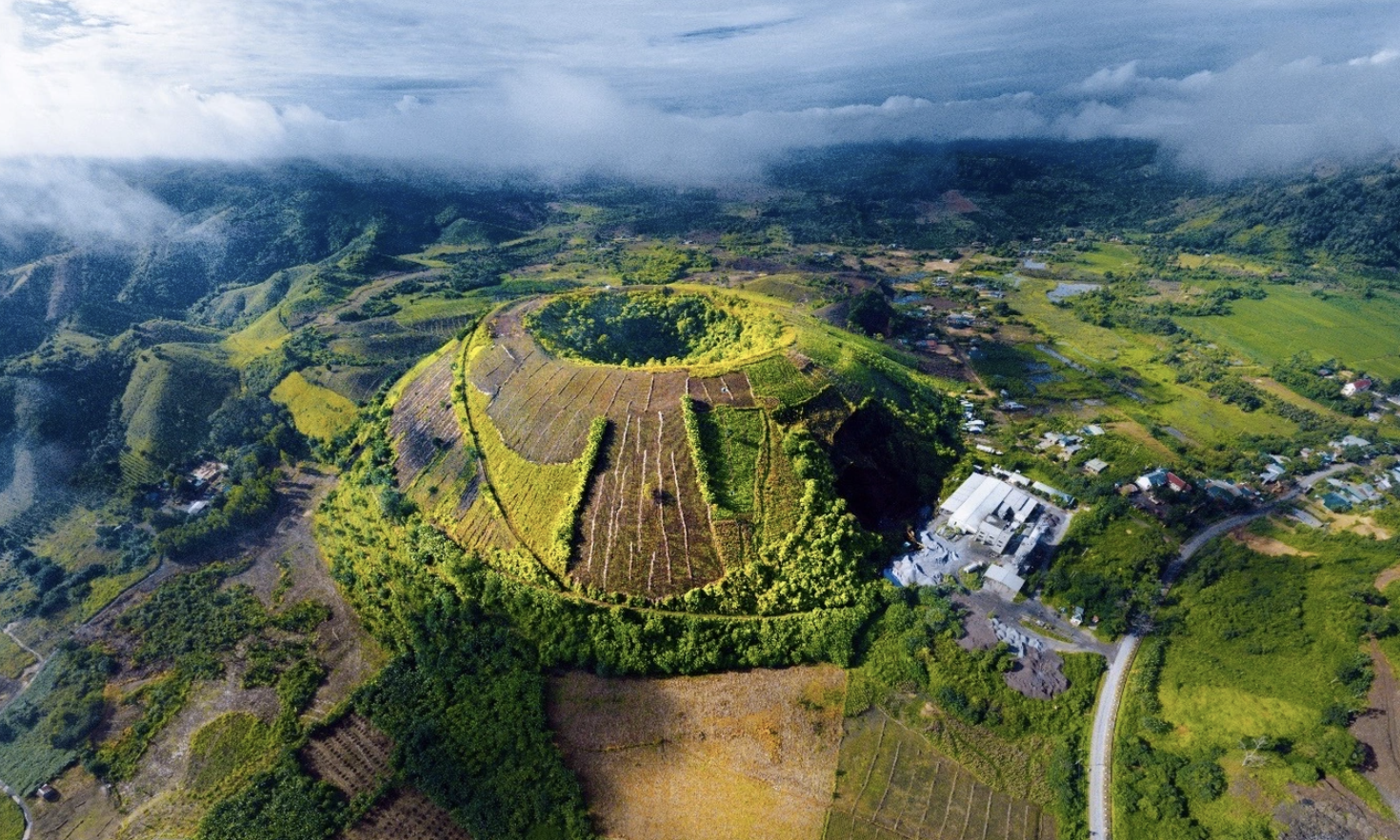
Nam Kar volcano, one of five typical craters in Dak Nong Global Geopark (Photo: Tran An).
The park’s cave system was discovered in 2007 and was recognized by the Japan Volcanic Cave Association as a Southeast Asian record for its size, length and uniqueness. The caves hold many secrets with archaeological sites and biodiversity value.
In 2020, the Executive Board of the United Nations Educational, Scientific and Cultural Organization (UNESCO) recognized Dak Nong Geopark as a Global Geopark.
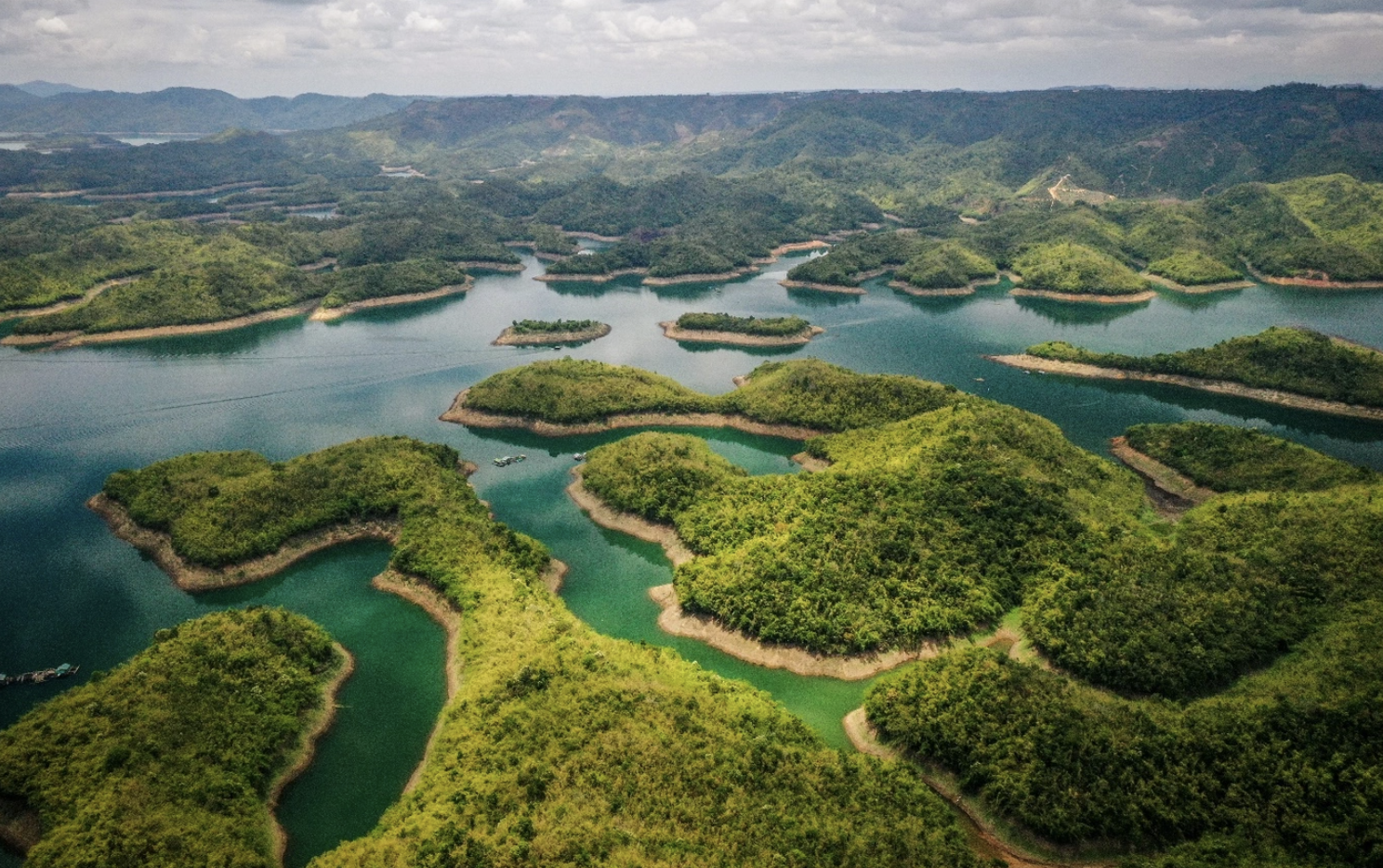
The enchanting beauty of Ta Dung Lake seen from above. (Photo: Ngo Tran Hai An).
Belonging to Dak Nong Global Geopark, Ta Dung Lake (Dak Glong district) has a unique natural landscape, attracting locals and tourists.
Ta Dung Lake is nearly 6,000 hectares wide, with 37 large and small islands on the lake, known as "Ha Long Bay" in the middle of the Central Highlands. Currently, this lake has the potential to attract businesses to invest in tourism and resort projects.
Immerse yourself in the ocean
Located in the South Central Coast region, Binh Thuan has a 190km long coastline with beautiful scenery and a sub-equatorial tropical monsoon climate.
Binh Thuan has Phan Thiet city as a stopover for swimming, relaxing, experiencing, and exploring with famous landmarks such as Mui Ne, Doi Duong Sea Park, Duc Thanh School relic site where President Ho Chi Minh once taught, Van Thuy Tu palace with the largest whale skeleton in Southeast Asia...
In Binh Thuan, tourists can travel by boat to Phu Quy Island (Phu Quy island district, 120km from Phan Thiet city) for sightseeing and exploration.

Tourists experience scuba diving services at Phu Quy Island, Binh Thuan (Photo: Moc Khai).
According to statistics, in 2024, Lam Dong province will welcome more than 10 million tourists, with revenue reaching about 18,000 billion VND; Dak Nong will welcome 699,000 visitors, with revenue reaching 195 billion VND; Binh Thuan will welcome 8.8 million visitors, with revenue reaching over 23,000 billion VND.
In 2025, Lam Dong province is expected to welcome 11 million visitors, Dak Nong strives to attract 803,000 visitors, and Binh Thuan strives to welcome 10.6 million visitors.
Mr. Tran Hong Thai, Chairman of Lam Dong Provincial People's Committee, said that in the near future, after the merger, Lam Dong is expected to become the province with the largest area in the country. Lam Dong province will be the locality with the second largest Bauxite mine in the world; with the leading output of coffee, durian, silk, and cold-water fish in the country. Lam Dong will be a locality with potential and advantages for tourism development.
Source: https://dantri.com.vn/du-lich/tinh-du-kien-lon-nhat-viet-nam-co-nhieu-thien-duong-nghi-duong-20250423090648947.htm


![[Photo] Welcoming ceremony for Prime Minister Pham Minh Chinh and his wife on an official visit to Malaysia](https://vphoto.vietnam.vn/thumb/1200x675/vietnam/resource/IMAGE/2025/5/25/dc30203c3ae24da3990266ec3b29bb2d)

![[Photo] French President Emmanuel Macron and his wife begin state visit to Vietnam](https://vphoto.vietnam.vn/thumb/1200x675/vietnam/resource/IMAGE/2025/5/25/03b59c7613144a35ba0f241ded642a59)
![[PHOTO] Hanoi fences off demolition of "Shark Jaws" building](https://vphoto.vietnam.vn/thumb/1200x675/vietnam/resource/IMAGE/2025/5/25/1b42fe53b9574eb88f9eafd9642b5b45)
![[Photo] Ea Yieng commune settlement project abandoned](https://vphoto.vietnam.vn/thumb/1200x675/vietnam/resource/IMAGE/2025/5/25/57a8177361c24ee9885b5de1b9990b0e)
![[Photo] Funeral of former President Tran Duc Luong in Quang Ngai](https://vphoto.vietnam.vn/thumb/1200x675/vietnam/resource/IMAGE/2025/5/25/ccf19a3d8ea7450bb9afe81731b80995)








![[Video] Merging provinces: Opportunity to restructure tourism in an inter-regional, sustainable direction](https://vphoto.vietnam.vn/thumb/402x226/vietnam/resource/IMAGE/2025/5/25/b6a80cd6ffb44af3870d0d74e742c20b)

























































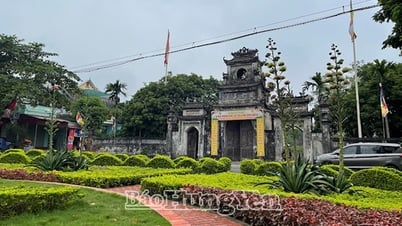



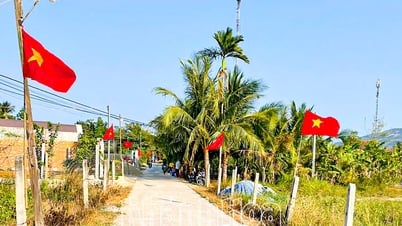













Comment (0)